Deepa S. Phatak
The Copyright of this book, as well as all matter contained herein (including illustrations) rests with the Publishers. No person shall copy the name of the book, its title design, matter and illustrations in any form and in any language, totally or partially or in any distorted form. Anybody doing so shall face legal action and will be responsible for damages.
Contents

Chapter 1
Identifing the Ingredients
Chapter 2
Understanding Methods and Measurements
Chapter 3
A Pleasing Presentation: Sight, Aroma and Taste
Chapter 4
The Need for Nutrients
Chapter 5
Some Tips on Healthy Habits
Chapter 6
Tips and Tricks
Chapter 7
Healthy Herbs
Chapter 8
Nutritious Nuts
Chapter 9
The Amazing Strength of Sprouts
Chapter 10
Funny Food Facts
Chapter 11
Myths & Facts About Microwave Ovens
Chapter 12
Cooking Queries
Chapter 13
Deft Definitions
Chapter 14
Eating Expressions
Chapter 15
Recipes to Relish
PREFACE

He who knows not and knows that he knows not,
he is simple teach him.
This book is for beginners. Its for people who do not know anything about cooking. And for persons who are fed up of eating out all the time!
This book is also for:
The person who loves to eat but cant cook.
The person who is hungry for good food and good health.
The person who wants to eat better but does not know how to go about it.
The working bachelor who does not like to eat out everyday.
The working bachelor who likes to eat out everyday but cant afford to!
The smart working woman (unmarried, of course!) who is not yet smart enough to cook or smart in cooking.
The harassed housewife who cares for the health of her family but has very little time to cook (thanks to her little kids!).
The harassed working woman (married, of course!) who is keen to keep her family healthy and happy but has to distribute her scarce time among the husband, the kids, her work and good food.
The newly married woman who has been told by her mother that the way to a mans heart is through his stomach, but does not know the exact route to her husbands tummy.
The smart savvy professional who believes that he or she can do anything except cooking, because it takes too long.
This book is not for:
Culinary queens who know a lot about cooking and teaching.
The experienced critic who may not cook but sure as hell knows how to criticise!
The 5-star chefs at 5-star (or 7-star!) hotels who seem to have nothing else to do but cook, cook, cook.
In short, this book is for you and me!
Shyam Phatak
Chapter 1
Identifing the Ingredients

To know how to cook, first you must know what to cook.
What are cereals?
Cereals are grains such as rice, wheat, maize, millet etc.
Rice can be cooked rice, boiled rice, puffed rice (also known as muri), beaten or fattened rice (also called poha or chira), or popped rice (also termed lahya or khoi). Different varieties of rice are available in the market. Basmati rice (a variety of long, pleasant smelling rice) is used for making pulao or fried rice. Rice flour is also known as suji and is used in a number of preparations.
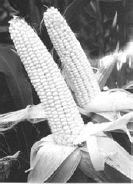
Wheat flour is known as maida. Wheat flour is used for making chapattis, rotis, puris, naans, paranthas, bread, buns etc.
Durum wheat or hard wheat (also known as rava or suji) is used for making pasta such as spaghetti and macaroni, as well as puddings, breakfast cereals and semolina, while club wheat (a softer wheat thats low in protein) is used for pastry flour.
What are pulses?
The edible seeds of beans and peas are known as pulses. Pulses are dals such as black gram or urad dal, red gram or tur dal, Bengal gram or channa dal, green gram or moong dal, kidney beans or rajma etc.
Vegetables
Vegetables are different parts of plants generally used for food. Vegetables could be roots, tubers, stems, leaves, and even some fruits like tomatoes, chillies, pumpkins etc.
Leafy: Cabbage or gobi, lettuce, mustard leaves or sarson ka saag, spinach or palak, mint leaves or pudina etc.
Others: Ash gourd or white pumpkin, brinjal or eggplant (also called aubergine or baingan), cauliflower or phool gobi, beans, peas or mattar, ladies fingers or bhindi, snake gourd or parval, bitter gourd or karela, tomato or tamatar, pumpkin or sitaphal, capsicum or green pepper or Shimla mirch etc.
Roots and Tubers: Carrot, beetroot, radish, sweet potato, potato, onion, tapioca, turnips, yam etc. They are all a part of the vegetable family.
Fruits
A fruit is the part of a flowering plant that contains the plants seeds. However, the word fruit commonly refers to the juicy, sweet or tart (sour) kinds that people enjoy as desserts or snacks. Fruit juices as beverages are also very popular. The word fruit comes from the Latin word

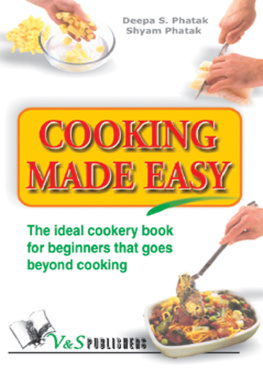



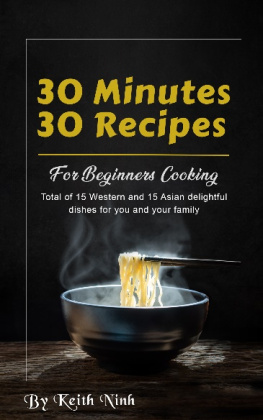


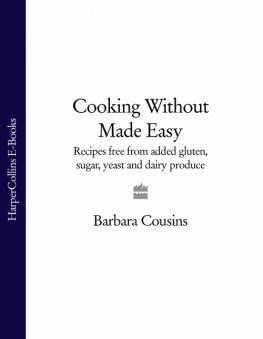

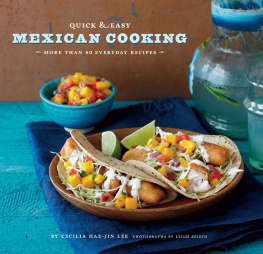
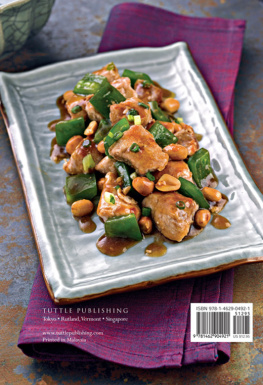



 23240026, 23240027 Fax: 011-23240028
23240026, 23240027 Fax: 011-23240028

